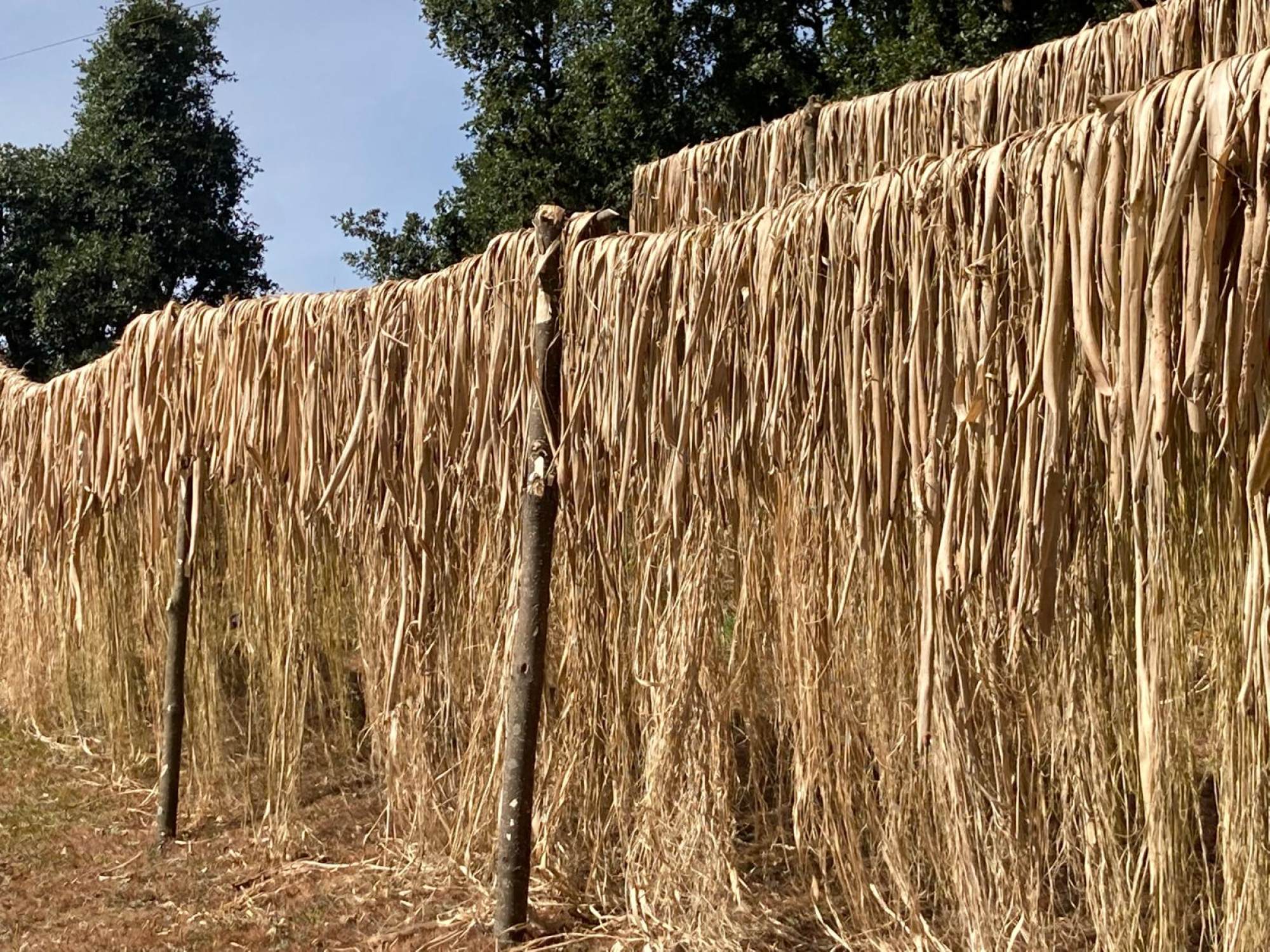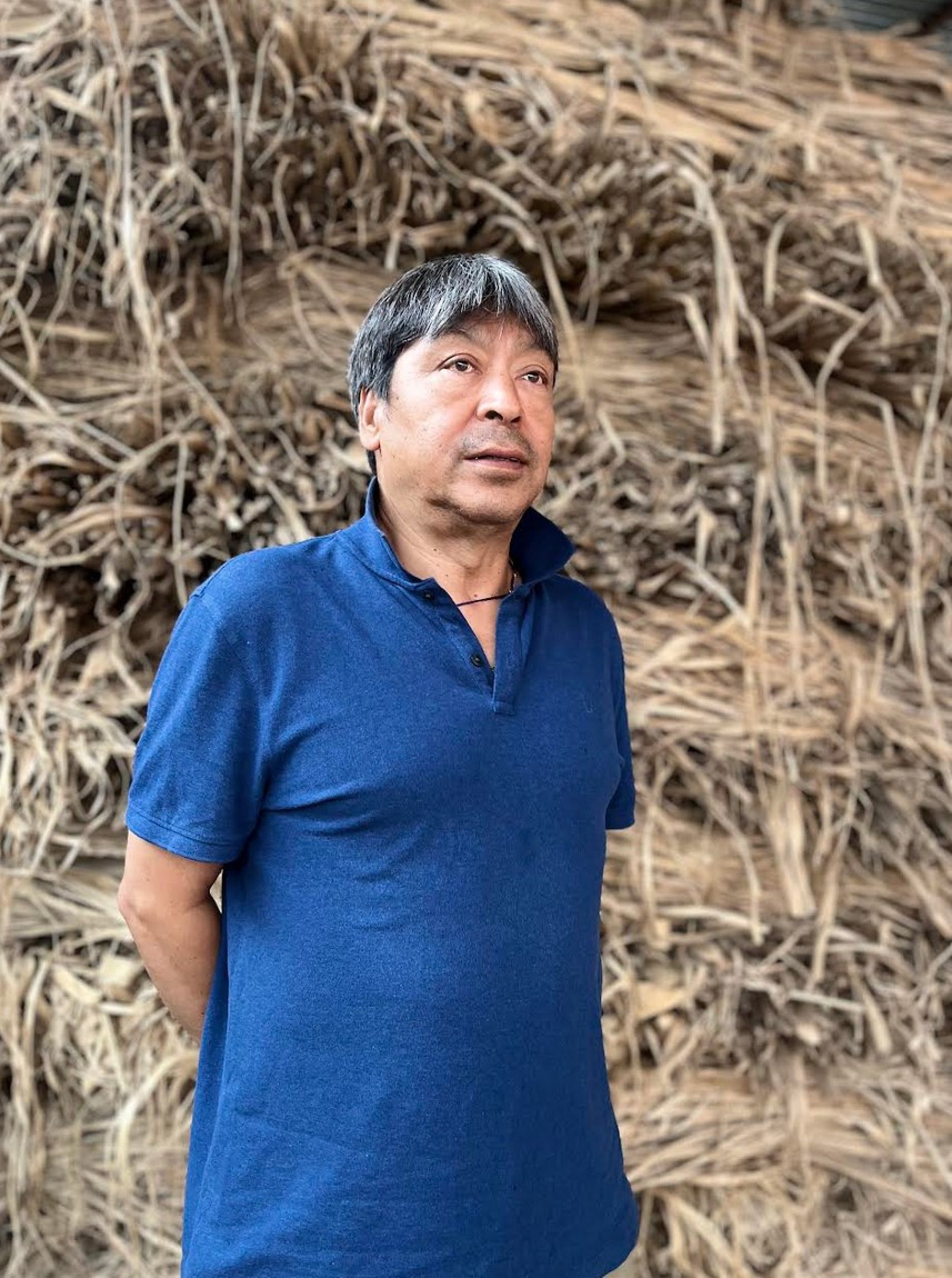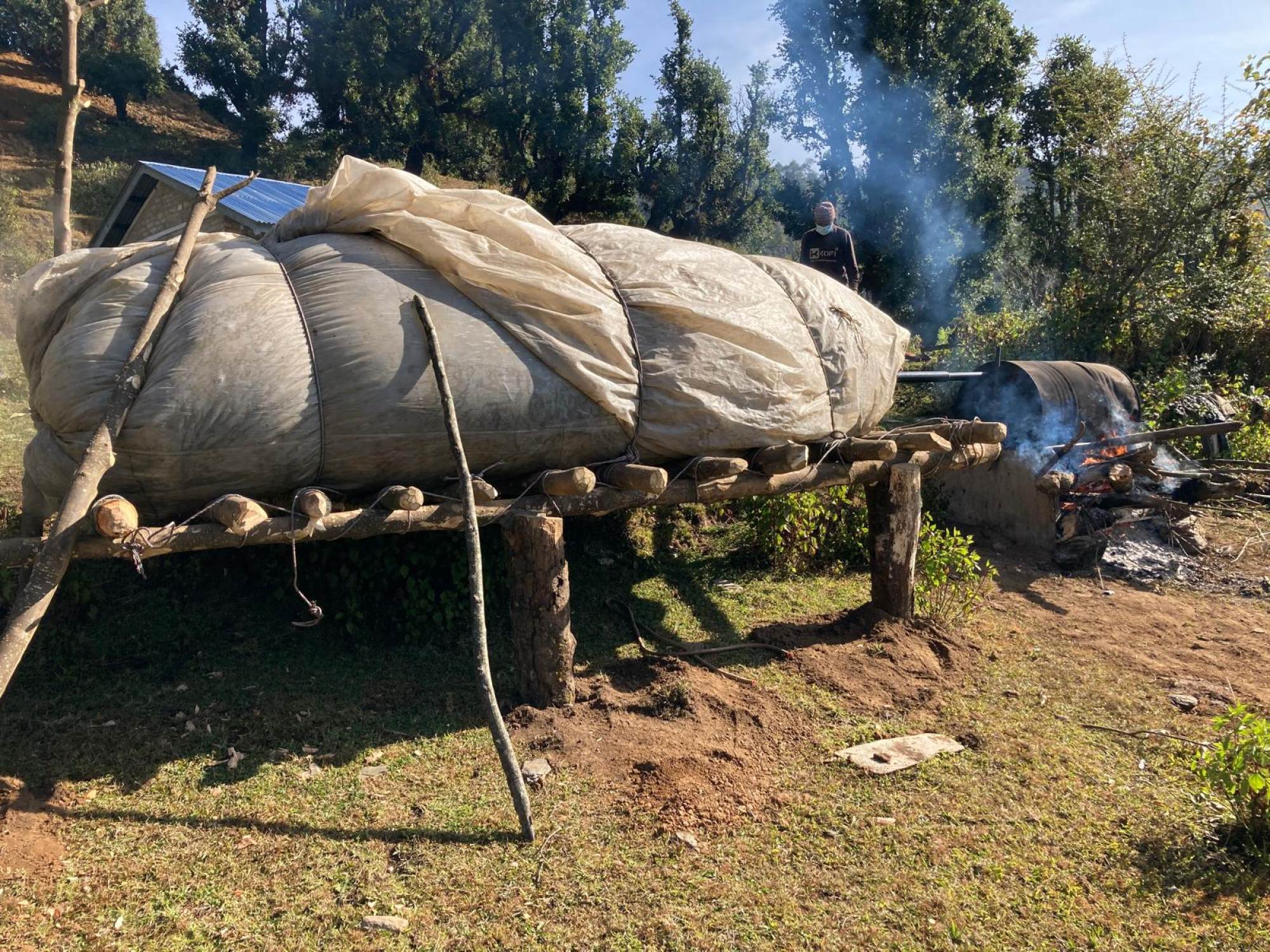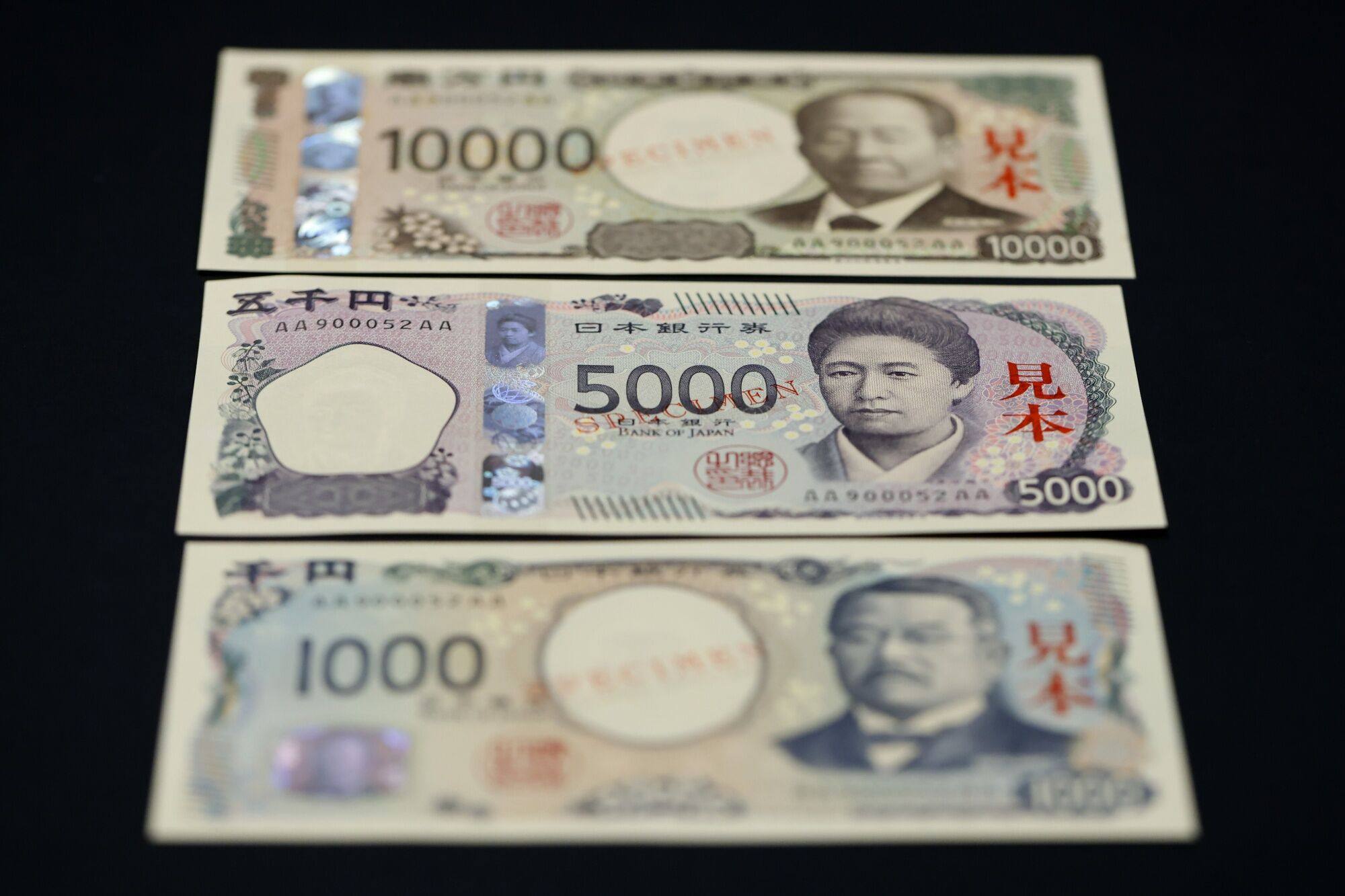Nepali farmers cash in on a crop used to make Japanese banknotes

Due to a shortage of Japanese manufacturers, foreign-produced mitsumata have been used as raw material to make banknotes since 2010, including from China and Nepal, the bureau told This Week in Asia.
Unlike most nations which increasingly use digital and cashless payment options, cash is still widely used in Japan.
Osaka-based Kanpou Incorporated, which helps the Japanese government source mitsumata, first experimented with growing the shrub in Nepal in the 1990s. The company was then on a charity mission helping farmers dig wells in Nepali villages when it identified the prospect and trained them to produce mitsumata.
Hari Shrestha, managing director of Kanpou Nepal, has seen the growth first-hand. Before starting his company in Nepal, he worked at Kanpou Incorporated for 25 years and now shuttles between Osaka and Kathmandu, ensuring that Nepali farmers’ products meet Japanese levels of quality.
“It’s a very challenging process,” Shrestha explained. “You have to be wary of the moisture, and the bark has to be white with no stains whatsoever to meet the Japanese standard.”

Argeli mostly grows in altitudes between 1,500 and 3,000 metres, making Nepal’s hilly regions a suitable location.
In Jiri, a hilly town located about 185km from the capital Kathmandu, Jirel said locals mostly formed groups of about 15 people to plant argeli on their designated land. According to the 43-year-old farmer, his group has leased an area of about 31 acres and harvests around 4 tonnes of argeli bark every year.
But the process is not simple. The white bark from shrubs about three years old is stripped, steamed and sun-dried during autumn and winter months before being sent to Shrestha’s warehouse in Lalitpur, where it is further inspected for quality. According to Jirel, the work lasts at least four months, and he employs up to 20 people during harvest season.
“Almost every household has someone who is working abroad,” he said. “This provides employment to people in the village, and they can earn about 25,000 rupees [US$185] a month, depending on their work, during these months.”

That income is higher than the average Nepali monthly salary of 17,300 rupees.
Shrestha says Kanpou Nepal, which is the sole supplier of argeli used to make the Japanese yen, now exports between 80 and 100 tonnes annually.
Paper articles, wood pulp and paper scrap accounted for about 9 per cent of Nepal’s exports to Japan in 2022, amounting to more than US$1 million, according to the Observatory of Economic Complexity, which analyses international trade data.
“This is very good for Nepal’s foreign exchange reserve,” Shrestha said. “But more importantly, it is generating employment in villages, and hundreds of farmers in about 35 villages are associated with us now. To be able to generate local employment is a big achievement for us.”
The Japan International Cooperation Agency (JICA), the country’s development aid agency, has been helping Kanpou Incorporated expand its operation in Nepal since 2016, and says the new banknotes “signify a step forward in sustainable resource utilisation.”

“As these banknotes enter circulation, they will carry with them a story of international cooperation and the positive impact of sustainable development on local communities,” the JICA-Nepal said in a statement.
Such impacts are already being felt in Nepal’s villages.
Jirel said locals previously only used argeli mostly to weave ropes for domestic use. Now, there are around 12 groups around his village, comprising hundreds of people, who are planting and harvesting the cash crop and reaping its benefits.
“To know that the materials we produce from our hard work reach Japan and are used to make Japanese yen makes us very happy,” he said.
“It makes us realise what we produce has high value, and we are proud of the contribution we are making in Japan.”